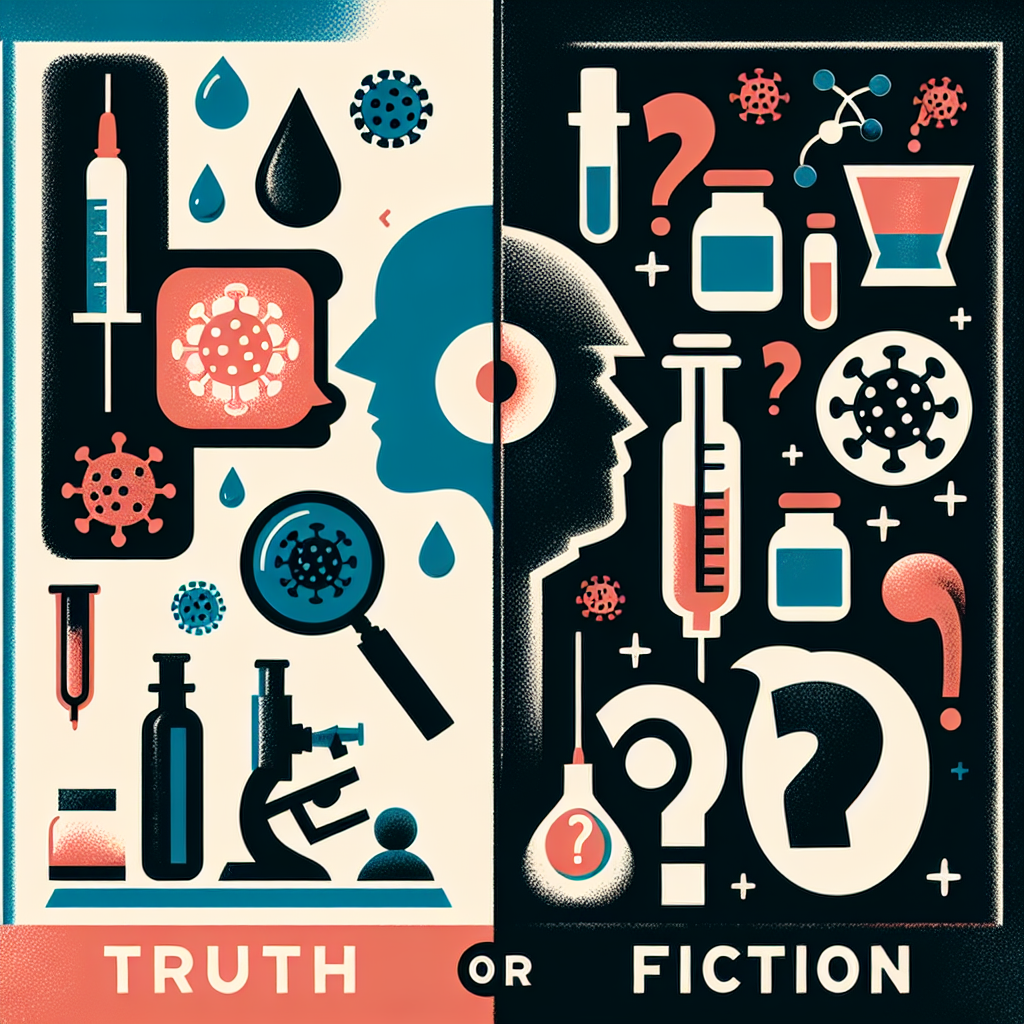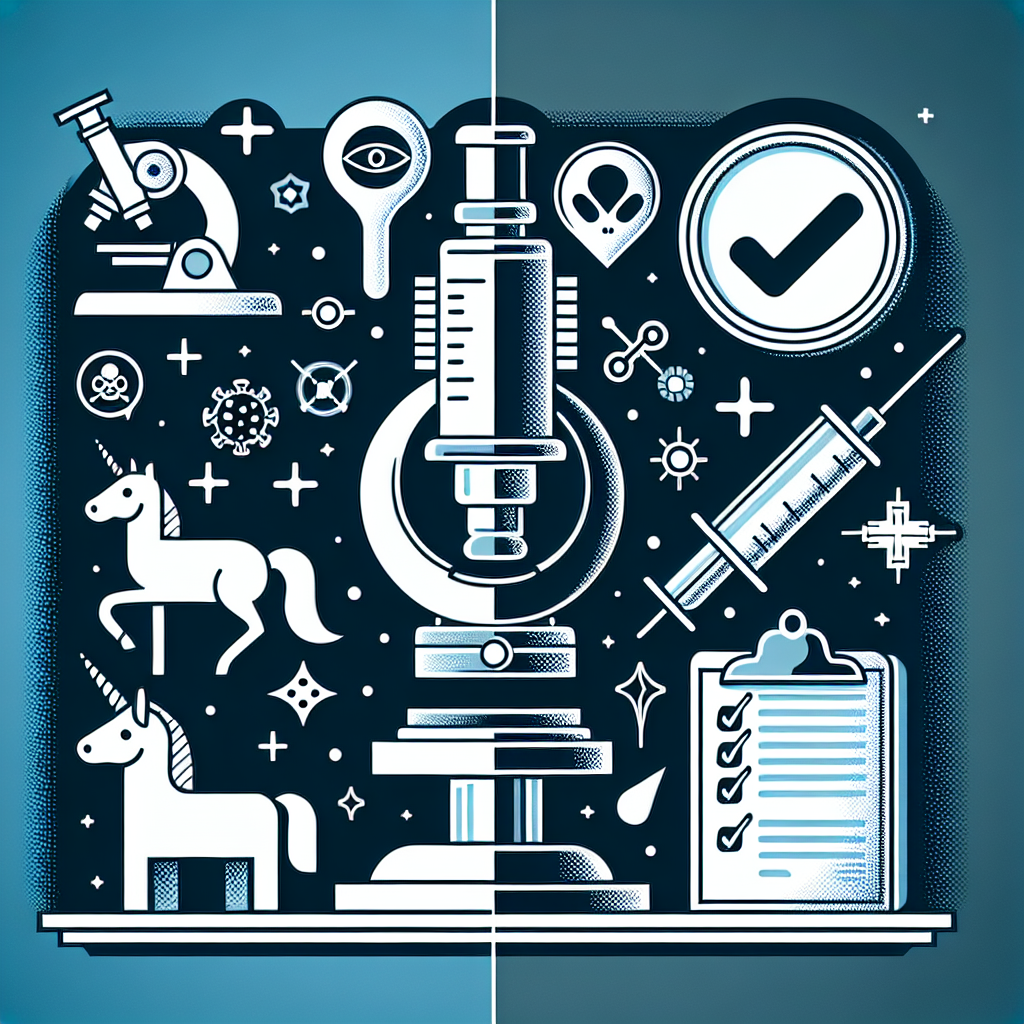COVID-19: A Bioweapon or Natural Occurrence?
Understanding COVID-19
COVID-19, caused by the novel coronavirus SARS-CoV-2, emerged in late 2019 and rapidly escalated into a global pandemic. As public health systems struggled to respond, debates erupted regarding its origin. Various theories surfaced, with two prominent narratives emerging: that COVID-19 is a bioweapon intentionally released or a natural occurrence that spilled over from animals to humans.
The Natural Occurrence Theory
The prevailing scientific consensus supports the idea that COVID-19 is a product of zoonotic transmission, where pathogens jump from animals to humans. This theory is bolstered by historical precedents; many outbreaks, including SARS (2002) and MERS (2012), originated from coronaviruses associated with wildlife, particularly bats.
Several key pieces of evidence support this natural occurrence theory. Firstly, genetic analyses indicate that SARS-CoV-2 is closely related to coronaviruses found in bats, suggesting a shared evolutionary history. Additionally, pangolins, which are known to harbor coronaviruses, have been identified as possible intermediate hosts. The structure of SARS-CoV-2 supports its adaptation for human infection, a common trait among pathogens that transition from animals.
In Wuhan, the Huanan Seafood Wholesale Market became the initial epicenter, raising suspicions regarding its origins. Early cases were linked to this market, suggesting a potential zoonotic spillover event. However, later studies found cases that did not have direct ties to the market, indicating a complex epidemiological landscape.
Characteristics of Zoonotic Diseases
Zoonotic diseases, including COVID-19, can emerge when environmental factors facilitate the interaction between wildlife and human populations. Deforestation, urbanization, and climate change can displace wildlife, increasing the chances of humans encountering new pathogens. The World Health Organization (WHO) emphasizes monitoring wildlife markets and biodiversity management to prevent future outbreaks.
Arguments for the Bioweapon Theory
The bioweapon theory suggests that SARS-CoV-2 was artificially engineered or released intentionally. Proponents cite several points: the virus’s rapid global spread, its sophisticated methodology for infecting human cells, and alleged coincidences linked to laboratories in Wuhan, particularly the Wuhan Institute of Virology.
One argument hinges on the gain-of-function research, which intends to enhance the pathogenicity and transmissibility of viruses. Critics argue that such research poses significant biosecurity risks. However, most scientists assert that no credible evidence links SARS-CoV-2 to bioengineering.
Misinformation and conspiracy theories about the virus’s origins have proliferated. Social media platforms have seen an influx of claims regarding the virus being a product of biological warfare, leading to public distrust in health authorities. Such narratives often lack scientific rigor, fueling fear rather than fostering understanding.
WHO Investigations and Findings
The WHO launched investigations into the origins of SARS-CoV-2, focusing on various hypotheses, including zoonotic spillover and laboratory accidents. A joint mission involving international experts visited Wuhan in early 2021, concluding that the lab-leak theory was “extremely unlikely.”
The investigation reviewed current data, emphasizing the need for continued research into the virus’s origins. They advocated for improved mechanisms for global surveillance of viruses in wildlife and domestic animals to recognize potential risks akin to those posed by COVID-19.
Public Health Implications
Understanding the origins of COVID-19 is crucial for informing public health strategies and preventing future outbreaks. If the virus is indeed zoonotic, strengthening surveillance systems targeting wildlife, improving biosecurity measures in food markets, and researching viral behaviors in animals can mitigate similar risks.
Conversely, if the bioweapon theory were validated, it would necessitate a reevaluation of global biosecurity protocols and international cooperation to prevent the development and use of biological warfare.
The Role of Misinformation
Misinformation surrounding COVID-19, whether it concerns its origins or effectiveness of interventions, poses significant public health challenges. Combating this misinformation requires an informed populace, emphasizing the value of credible scientific communication and transparency.
Governments and health organizations must engage in educational campaigns to clarify misconceptions. Upholding open discourse grounded in scientific evidence can bridge the gap between the medical community and the public.
Research on Similar Pathogens
Continued research on coronaviruses, including their transmission dynamics, evolutionary biology, and behavior in animal reservoirs, enhances our understanding and preparedness for potential pandemics. Maintaining funding and collaboration in viral research is vital for advancing our knowledge of emerging infectious diseases.
Other viruses, such as bird flu or HIV, have demonstrated the potential for zoonotic transfer, underscoring the need for an integrated approach to monitor infectious diseases across animal-human interfaces. Collaborative networks connecting clinicians, veterinarians, and wildlife biologists are essential for a holistic understanding of zoonotic risks.
Conclusion on the Debate
The origin debate surrounding COVID-19 is multifaceted, involving scientific, epidemiological, and socio-political dimensions. While the natural occurrence theory is supported by extensive evidence, the bioweapon narrative persists, often fueled by speculation rather than facts.
Ultimately, separating fact from fiction is necessary to develop informed public policy and promote a resilient health infrastructure capable of addressing future pandemics effectively. Continued investigation, research, and global collaboration will be critical to navigating the complex landscape of infectious diseases.






Leave a Reply